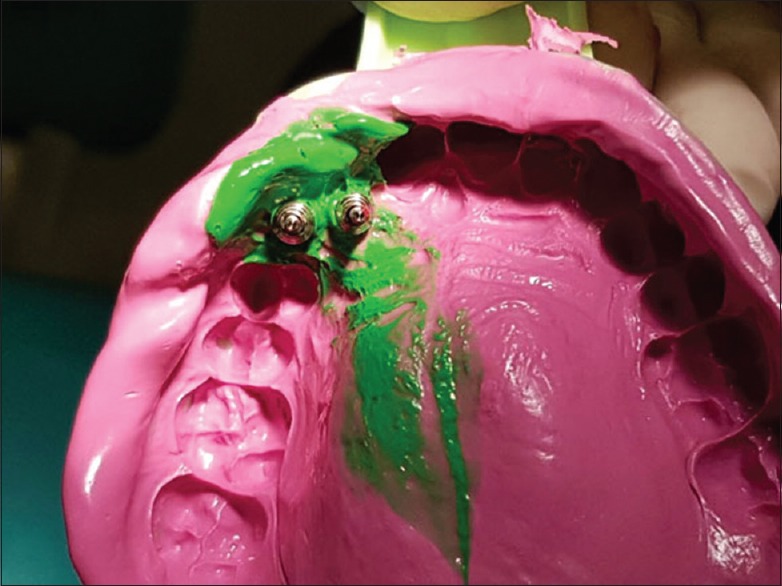Implant dentistry: complications (3)
Complicationgs Relating to Dental Implants
Numerous mechanical, biological, or technical issues can arise with implant-supported single crowns and multiple implant-supported bridges [Table 1]. One of the major variables that negatively contributes to implant dentistry failures is poor patient selection.
Table 1. Difficulties relating to dental implants
| Complications | ||
| Mechanical | Technical | Biologic |
| Screw looosen | Veneer porcelain fracture | Adverse soft-tissue reaction |
| Screw fracture | Framework fracture (in fixed partial dentures supported by implant) | Sensory agitation |
| Cement failing | Progressive marginal bone loss, integration deficit | |
Mechanical issues
Biomechanical overloading is typically followed by mechanical problems. Poor implant position/angulation [Figure 1] (cuspal inclination, implant inclination, horizontal offset of the implant, and apical offset of the implant), inadequate posterior support (i.e., missing posterior teeth), insufficient available bone, or the presence of excessive forces due to parafunctional habits, i.e., bruxism, are factors that contribute to the biomechanical overloading.
Figure 1. A silicone addition-cured impression of an open tray. It is possible to identify poor implant angulation, which could result in a mechanical failure.

Loosening screws Implant component loosening or fracture is typically the result of overloading the implants. According to Goodacre et al., prosthetic screws were more likely than abutment screws to have screw loosening or breakage. Mandibular molar implant restorations are more susceptible to screw loosening than maxillary ones, and single crown implants have demonstrated greater screw loosening than multiple implants with multiple restored units. In a different study, after 15 years, the incidence of abutment or abutment screw loosening was found to be 59.6%. The annual rate of abutment or screw loosening varied from 0.62% to 2.29% in a systemic study by Pjetursson et al., which translates to a 5-year complication rate that ranges from 3.1% to 10.8%. The most common consequence with Branemark single-tooth implants, according to another follow-up study, was screw loosening.
It is recommended to reduce joint separation forces and increase joint clamping forces to reduce the likelihood of screw loosening. Excursive contacts, cantilevered contacts, interproximal contacts, off-axis centric contacts, and nonpassive frames are examples of joint separating forces. The abutment or screw-retained crown should be torqued with twice the manufacturer's recommended force, with a 5-minute gap between rotations, according to a paper by Sadid-Zadeh et al.. Many manufacturers have made revisions to the standard implant components throughout the years in an effort to lower the number of screw loosening events.
Serial posts:
- Cangkok Tulang Autogen (3)
- Cangkok Tulang Gigi Autogen (3)
- Autogenous Tooth Bone Graft (3)
- Xenograft Bone Substitute (3)
- Pengganti Tulang Xenograft (3)
- Pengganti Tulang Cangkok Allopastis (3)
- Allopastic Graft Bone Substitutes (3)
- Implant dentistry: complications (3)
- Kedokteran gigi implant: Komplikasi (3)
- A Comprehensive Analysis of Adult Tooth Removal Reasons (3)